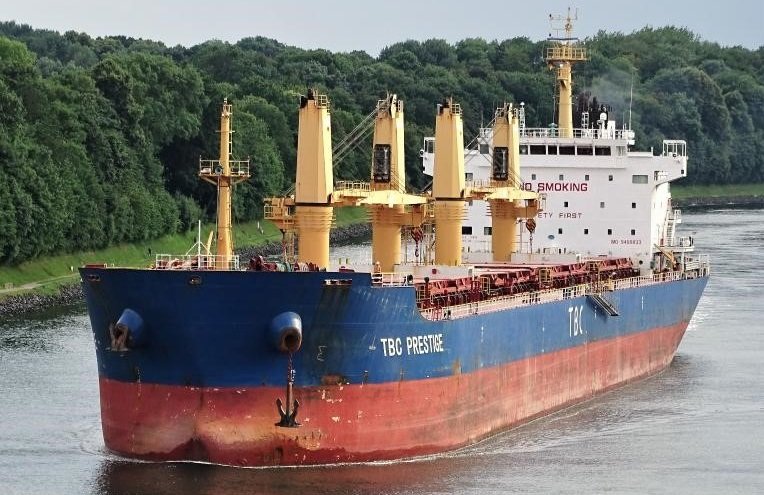Octavio Doerr is an international consultant in port planning and governance, with more than three decades of experience in Latin America and the Caribbean.
Recent measures by the United States and China introduce a new level of tension in global maritime competition. It is no longer just about tariffs applied to goods, but also about fees directly targeting vessels and port equipment owned, operated, or flagged by the opposing country. This change extends the trade conflict to the maritime and port domain, with profound implications for routes, costs, and the configuration of ports outside both powers.
The United States is in a better position to apply effective sanctions, because a significant portion of the global fleet, as well as the cranes and port equipment in operation, has been manufactured or built in China. This asymmetry makes it easier for Washington to punish shipping companies or terminals linked to China, while the reverse impact on US vessels or facilities is lesser. However, this initial advantage also raises the risk of a retaliatory escalation by Beijing, which could extend to other areas of maritime trade or even to access to data and port services.
Faced with the possibility of paying additional fees for calling at US or Chinese ports, many shipping lines will tend to reorient their itineraries and reinforce calls at neutral ports. This redirection favors major transshipment hubs with good connectivity and legal security, such as Panama (Colón and Balboa), Cartagena, Freeport, Kingston, Manzanillo (Mexico), Lázaro Cárdenas, Callao, and Singapore. “Shuttle” services or intermediate legs that avoid directly calling at the coasts of the disputing countries could be consolidated there, increasing their role as redistribution points for global trade.
The application of fees based on the nationality or flag of the vessel, furthermore, will stimulate flag changes and corporate structures. Shipping companies will seek flags of convenience or intermediary companies to reduce exposure to the new charges, adjusting their operational and financing strategies. Although goods are not exempt from destination tariffs, vessels can avoid the specific port fees, thus reducing the total cost of the route.
As a consequence, greater fragmentation of logistics chains and a reconfiguration of transport networks are expected. Lines will tend to reduce intermediate stops, operate shorter itineraries, and concentrate calls at a few efficient ports. This will increase the importance of large multi-purpose hubs and negatively affect ports with low productivity or dependence on few shipping lines.
In parallel, the US tariff on STS and RTG cranes manufactured in China, which can reach between 100% and 150%, will make the renewal and expansion of terminals in the United States more expensive. In contrast, Chinese manufacturers could redirect their supply towards other countries, offering more competitive prices.
This opens investment opportunities in Latin America, but also raises the need to carefully evaluate the technological and cybersecurity risks associated with this dependence.
In this context, only a small group of ports meet the infrastructure, digital connectivity, and operational flexibility conditions to capture the diverted flows: Cartagena, Colón, Manzanillo (Mexico), Lázaro Cárdenas, and Callao stand out for their level of efficiency, resilience, and transparency. These factors position them as natural winners in a more uncertain and politicized environment, where reliability and agility are decisive advantages.
Finally, everything indicates that the conflict could escalate gradually. Measures concerning vessels and port equipment could extend to the realm of maritime insurance, financing, or the exchange of logistical data. Ultimately, the costs of this confrontation will end up being passed on to shippers and consumers, increasing the cost of global trade and putting pressure on freight inflation.
In summary, the new tariffs between the United States and China mark the beginning of a stage in which the ownership and nationality of the vessel acquire strategic relevance similar to that of the cargo’s origin. In this scenario, ports located outside the axis of the conflict—especially the most productive and technologically advanced ones—have the opportunity to turn disruption into an advantage, consolidating their role as neutral bridges of world trade.





